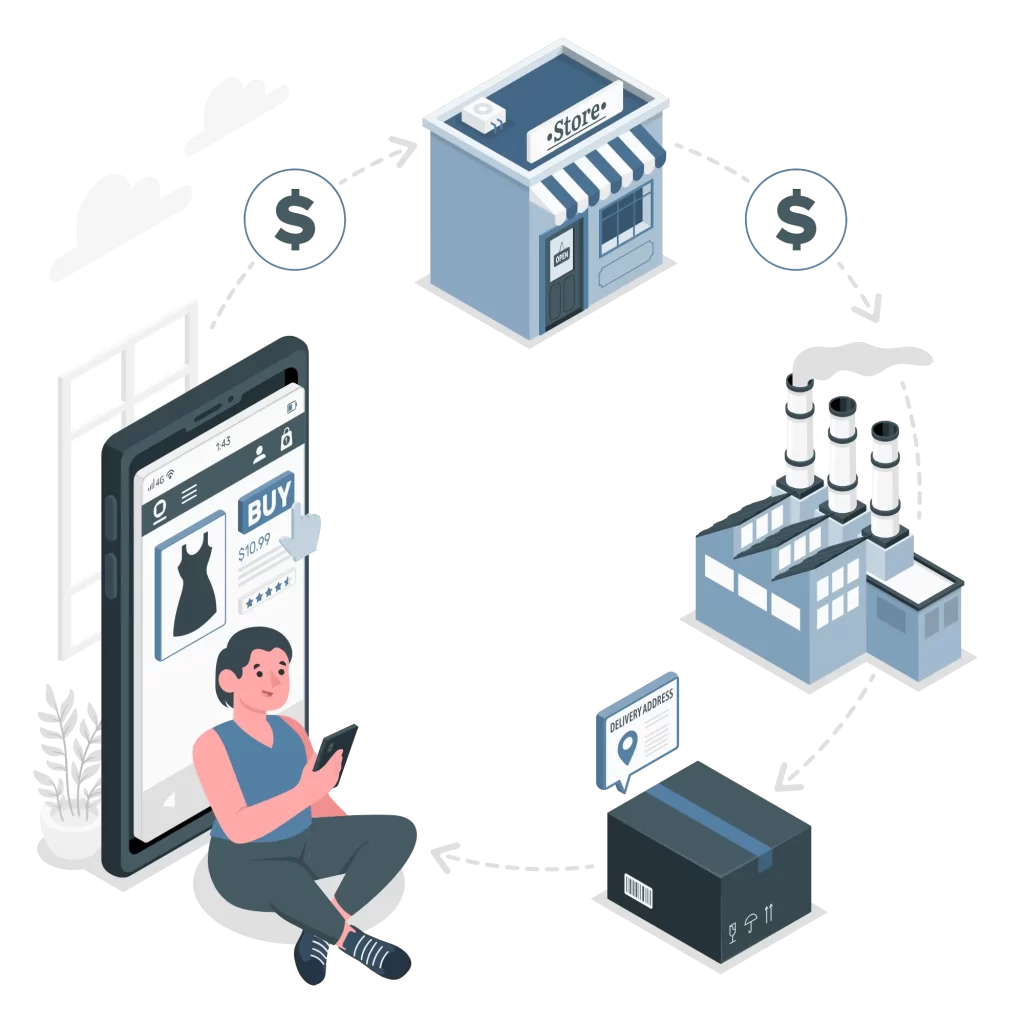Understanding The Role of ESG in Shaping Collateral Management
In recent years, financial market participants have faced growing pressure to incorporate Environmental, Social, and Governance (ESG) metrics into all aspects of their operations. This trend, driven by socio-economic priorities from global initiatives like COP26 and the World Bank, has trickled down to individual firms where clients, shareholders, and investors demand formal ESG management plans. The integration of ESG principles is reshaping everything from investment portfolios to collateral management.
What is ESG?
ESG stands for Environmental, Social, and Governance, a framework for assessing how companies perform relative to these key factors:
- Environmental: Evaluates companies based on their impact on natural resources, including water usage, waste production, and their overall commitment to environmental sustainability.
- Social: Focuses on how companies treat their clients, workers, and other stakeholders. It includes considerations of workforce diversity and community impact.
- Governance: Examines corporate governance structures, transparency, and accountability, ensuring companies are well-run and ethically managed.
Environmental, Social, and Governance offers a holistic view of a company’s impact on society and the environment while also providing a framework for long-term financial stability.
ESG’s Impact on Collateral Management
One area where Environmental, Social, and Governance is becoming increasingly important is collateral management, particularly in processes supporting securities lending, collateral pledging, and asset servicing. Traditionally, collateral management focused solely on financial risk mitigation, but with the rise of Environmental, Social, and Governance, firms are now applying these principles to the assets they use and accept as collateral.
Early adopters in the market are incorporating Environmental, Social, and Governance metrics into securities financing, including securities lending, repurchase agreements (repos), and OTC derivatives. This shift is influencing how collateral is selected, priced, and used, marking a significant change in how financial transactions are managed.
Environmental, Social, and Governance and Collateral Frameworks
Central banks and financial institutions are starting to adopt greener collateralization practices. This shift allows financial actors to harmonize environmental data with their financial assets, creating new opportunities for sustainable collateral frameworks. For example, the European Central Bank (ECB) is incorporating climate change risks into its asset valuation and risk control frameworks, ensuring that climate-related factors are adequately reflected when assets are mobilized as collateral.
This greening of collateral frameworks extends beyond non-financial corporations, promoting liquidity and sustainability in the broader financial system. As these practices become more widespread, they could stimulate deeper changes in how collateral is assessed and valued across the financial ecosystem.
Securities Lending and Environmental, Social, and Governance
In securities lending, ESG principles are being applied to the collateral that market participants are willing to accept. However, there is still no explicit guidance on how ESG standards should be applied to collateral in such transactions. While there is a growing recognition that sustainability should play a role, collateral often falls outside the Environmental, Social, and Governance policies applied to a fund’s strategic investments.
The inclusion of Environmental, Social, and Governance principles in securities lending frameworks is still evolving. As the market matures, we are likely to see more formalized approaches to categorizing and treating collateral based on Environmental, Social, and Governance standards.
ESG in Repurchase Agreements
Repurchase agreements, or repos, have also been influenced by Environmental, Social, and Governance considerations. Firms are increasingly tying the economics of these trades to ESG performance. For example, green bond baskets can be financed at preferential rates under “green repo” agreements, which align with sustainability goals. These collateralized repos, aimed at funding ESG-related projects, can often be more cost-effective than issuing green bonds or loans.
A key development in this space is the emergence of ESG-friendly repo trading, where firms use the proceeds from conventional bond repos for Environmental, Social, and Governance projects, regardless of the underlying collateral’s “greenness.” This innovation has the potential to significantly expand the scope of green repo agreements, boosting the financial market’s ability to support sustainable initiatives.
The Future of ESG in Collateral Management
The integration of Environmental, Social, and Governance into collateral management is still in its early stages, but the momentum is building. As more firms adopt these frameworks, we may see the emergence of new industry standards for ESG-driven repo transactions. The future of collateral management will require flexible technology solutions capable of adapting to evolving Environmental, Social, and Governance requirements across multiple financial actors.
As we look to the future, firms that embrace ESG principles in collateral management will likely have a competitive edge, benefiting from both financial and reputational gains in an increasingly sustainability-focused market.
Also read our article Investment Bankers: Top 7 Trends Shaping Industry Overview Reports.














